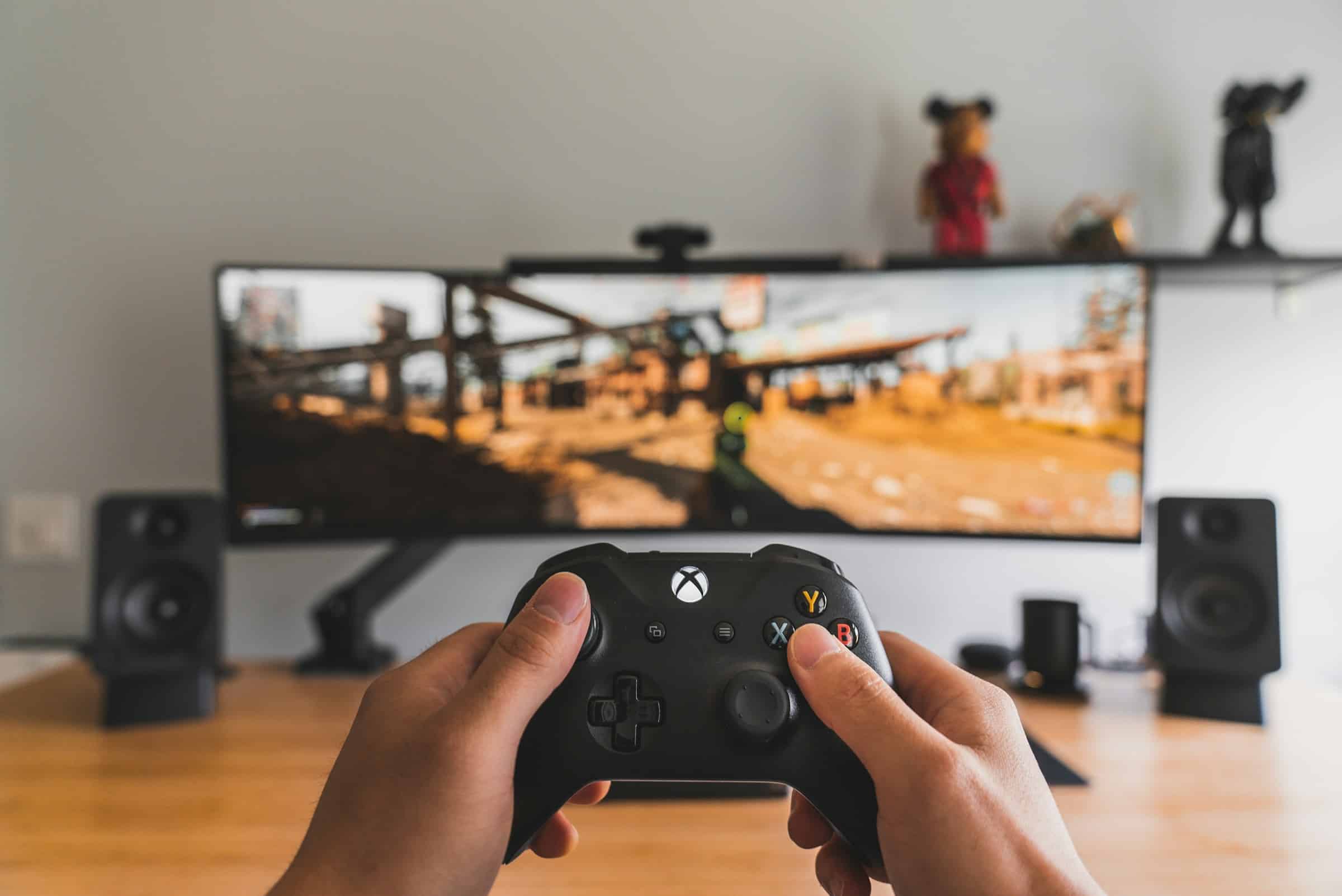
What are the key factors in designing an intuitive combat system for RPGs?
Role-playing games (RPGs), with their immersive narratives and complex mechanics, have always been a staple in the world of video games. A crucial aspect of these games is the combat system. This system defines how players engage in battles and strategize to overcome their enemies. If done right, a well-designed combat system can elevate a game to legendary status. But what are the keys to creating a combat system that is both engaging and intuitive? This article will delve into the heart of this question, exploring the role of game design, character development, player engagement, and systems mechanics.
Game Design: More Than Just Visuals
Game design is the first pillar in creating an intuitive combat system. This goes beyond merely the visual aspect; it encompasses the rules of the game, the mechanics of combat, and how these elements intertwine to create a cohesive and engaging experience.
A lire en complément : What are the challenges of implementing voice recognition features in online games?
Every combat system starts with a clear set of rules. These rules dictate how characters interact, how damage is dealt and received, and what conditions determine victory or defeat. A well-designed game will have rules that are easy to understand, yet offer depth and complexity.
The mechanics of combat, on the other hand, revolve around the actions players can take during battles. This could be as simple as "hit" and "defend" commands, or as complex as a myriad of attack types, each with their unique effects and conditions. Whatever the case, a good combat system should provide players with a variety of tactical options, encouraging strategy over button mashing.
Sujet a lire : How can developers create more engaging puzzle mechanics through procedural generation?
Lastly, the role of game design in combat systems extends to how these battles are integrated within the overall game. Combat should not feel like an isolated segment of the game, but rather an integral part of the world and the story.
Player Engagement: Making Every Battle Count
The second key to an intuitive combat system is player engagement. This revolves around ensuring that every battle, every attack, and every hit feels significant and engaging to the players. This is achieved through meaningful character progression, a difficulty curve that challenges but doesn't frustrate, and a reward system that incentivizes engagement with the combat system.
Character progression is a powerful tool for engagement. As players progress through the game, their characters should become stronger, gain new abilities, and demonstrate visible growth. This gives players a sense of achievement and anticipation for what their characters can do next.
Meanwhile, balancing the difficulty level of combat is a delicate act. It should present enough of a challenge to keep players interested, but not so much that it becomes frustrating. This often involves a system where enemies level up alongside the player, ensuring that combat remains challenging but fair throughout the game.
Finally, a good combat system should reward players for engaging in battles. This could be through experience points, which contribute to character growth, or through loots and rewards that improve a character's abilities and equipment.
Character Development: A Personal Touch
Character development plays a vital role in designing an intuitive combat system. The characters in RPGs are the players' avatars in the game world, their means of interacting with the narrative and its challenges. A well-developed character can make battles more immersive and personal, deepening the players' connection to the combat system.
A key facet of character development is customization. Giving players the freedom to shape their characters, from their appearance to their abilities, allows for a more personalized combat experience. It also opens up a multitude of strategies and playstyles, adding complexity and depth to the system.
Another aspect of character development is the balance of power. Each character should have their strengths and weaknesses, and no one character should feel overwhelmingly powerful. This balance encourages players to strategize, to learn the nuances of their characters, and to utilize their abilities in the most effective way possible.
Systems Mechanics: The Underlying Framework
The final piece of the puzzle is the systems mechanics, the underlying framework that governs the combat system. An intuitive combat system should have mechanics that are easy to understand, but hard to master.
One such mechanic is the damage system. It determines how much damage characters deal and receive, and it plays a significant role in shaping the flow of battle. A well-designed damage system should be predictable enough that players can plan their strategies, yet variable enough to keep battles interesting and tense.
Another crucial mechanic is the hit system. It governs whether an attack hits or misses, and it can add a layer of unpredictability and excitement to battles. The key here is finding the right balance between randomness and control, ensuring that the outcome of battles is determined by skill, but with enough element of chance to keep players on their toes.
The Role of Turn-Based and Real-Time Systems
A significant factor in designing a combat system is the choice between turn-based and real-time systems. Both have their merits and can significantly influence the flow of combat and the engagement of players.
Turn-based systems, reminiscent of traditional tabletop RPGs like Dungeons & Dragons, allow players to strategize and plan their moves carefully. Each action, from a basic attack to a complex spell, has a designated turn. This type of system generally provides a great deal of tactical depth and can be highly engaging for players who enjoy strategic decision-making.
Real-time systems, on the other hand, create a fast-paced, dynamic combat environment. Actions happen in real time, requiring players to think on their feet and react quickly. These systems can create a sense of urgency and excitement, making battles feel more spontaneous and intense.
The decision between turn-based and real-time can drastically affect the player's experience with the combat system. Thus, game developers must consider their target audience and the overall tone and pace of their game when making this decision. For instance, a game with a heavy emphasis on narrative and character development might benefit from a turn-based system, which allows for more deliberate and thoughtful gameplay. Conversely, a game focusing on action and adrenaline might be better suited for a real-time system.
The Importance of Enemy AI and Design
The design and intelligence of enemy NPCs (Non-Player Characters) also play a crucial role in a successful combat system. They can be the difference between a forgettable fight and an epic, memorable encounter.
Enemy AI should be smart and adaptable, able to react to the player's actions and tactics. If enemies always respond in predictable ways, battles can quickly lose their thrill. A well-designed AI should provide a challenge, forcing players to adapt their strategies and think creatively.
Enemy design, from their visual appearance to their abilities, can significantly affect how players approach battles. Unique and distinctive enemy designs can make each encounter feel fresh and exciting. Additionally, diversity in enemy abilities and behaviour can increase the depth and complexity of the combat system. For instance, enemies with high hit points might require different tactics than those with high damage output.
Creating an intuitive and engaging combat system for RPGs is no easy task. It requires careful consideration of multiple factors and a fine balance between them. Game design, player engagement, character development, systems mechanics, turn-based or real-time systems, and enemy AI and design all play a vital role in shaping the combat experience.
In the end, the goal is to create a combat system that feels natural and intuitive to the player. Whether it's a high-fantasy epic or a gritty sci-fi adventure, a well-designed combat system can take a game from being fun to play to being truly unforgettable. It's a testament to the power of good game development, where every element comes together to create an immersive, compelling experience.
Remember, there's no one-size-fits-all approach to designing a combat system. Each game is unique, and what works for one might not work for another. Always keep your target audience in mind and strive to create a combat system that is not only engaging and exciting but also fits seamlessly into your game's world and narrative.
